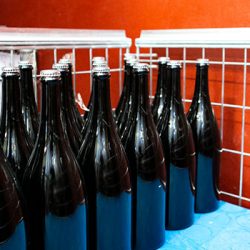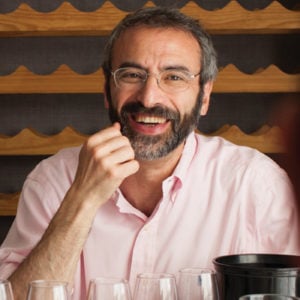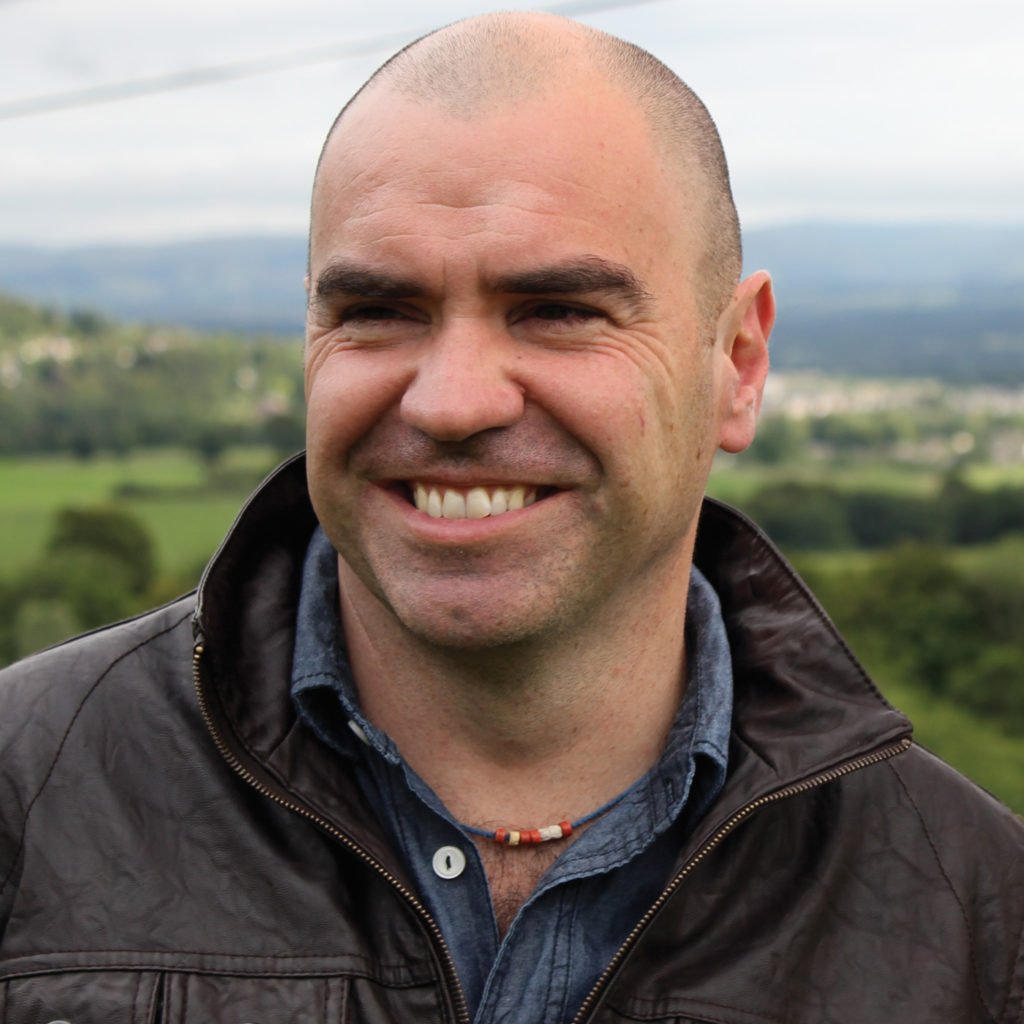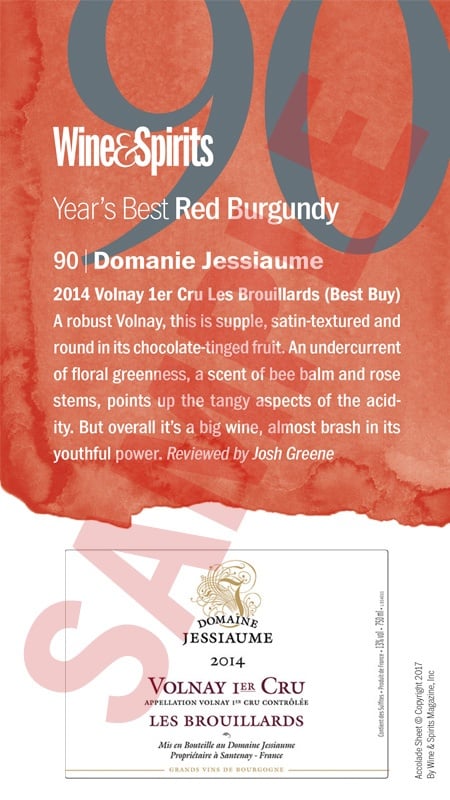Lokanda Devetak was farm to table before the term existed. Founded in 1870 as a gostilna, a local inn, this small stone-and-plaster structure now houses a tavern, restaurant and eight-room guest house run by Avgustin and Gabriella Devetak and their four daughters. Sara Devetak oversees the organic farm that supplies…
To read this article and more,
subscribe now.
To continue reading without interruption, subscribe and get unlimited digital access to our web content and wine search.
This story appears in the print issue of October 2018.
Like what you read? Subscribe today.
















